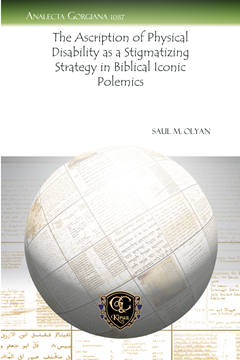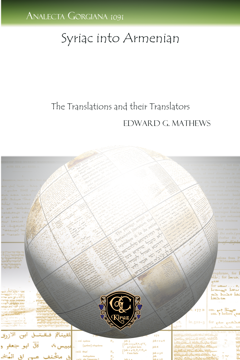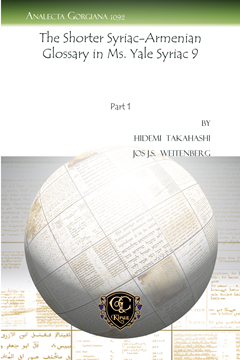The Contested History of a Book
The German Bible of the Later Middle Ages and Reformation in Legend, Ideology, and Scholarship
Series: Analecta Gorgiana 1079
ISBN: 978-1-4632-0126-5
This paper explores the common misconception that vernacular translations of the Bible were not available prior to Luther. In fact, Luther may have relied on these to accomplish his own work toward what became a more preferable translation.
$39.00 (USD) $23.40 (USD)
Priestly Power that Empowers
Michel Foucault, Middle-Tier Levites, and the Sociology of ‘Popular Religious Groups’ in Israel
Series: Analecta Gorgiana 1084
ISBN: 978-1-4632-0131-9
Christian analyzes priestly social dynamics in-depth as they develop through tribal history and specialization of tasks. He focuses on middle-tier Levites as their skills and specialized knowledge place them in upper classes but their work relegates them as intermediaries.
$51.00 (USD) $30.60 (USD)
The Ascription of Physical Disability as a Stigmatizing Strategy in Biblical Iconic Polemics
Series: Analecta Gorgiana 1087
ISBN: 978-1-4632-0134-0
This article presents the ascription of physical disability as a strategy to communicate disapproval of icons in various passages of the Hebrew Bible. Idols are characterized as unable to interact with worshipers and unable to function independently.
$34.00 (USD) $20.40 (USD)
A Perfectly Broken Acrostic in Nahum 1?
By Thomas Renz
Series: Analecta Gorgiana 1088
ISBN: 978-1-4632-0135-7
Renz discusses the acrostic poetic form of Nahum 1. The alphabetic sequence is interrupted by YHWH’s actions, conveying that this poem is a communication about divine order and chaos. This sets the tone for the flood motif in Nahum 2.
$37.00 (USD) $22.20 (USD)
Syriac into Armenian
The Translations and their Translators
Series: Analecta Gorgiana 1091
ISBN: 978-1-4632-0139-5
This article describes the historical development of Armenian translations of Syriac literature from the 5th century, Intervening- and Clinician Periods. Significant works and figures are highlighted.
$36.00 (USD) $21.60 (USD)
The Shorter Syriac-Armenian Glossary in Ms. Yale Syriac 9
Part 1
Series: Analecta Gorgiana 1092
ISBN: 978-1-4632-0140-1
Takahashi and Weitenberg provide the history and linguistic analysis of Ms. Yale Syriac 9. Only three such Syriac-Armenian lexica are known to survive. The glossary is classified as the Western branch of Modern Armenian, attributed to Dialect Group 5.
$34.00 (USD) $20.40 (USD)





